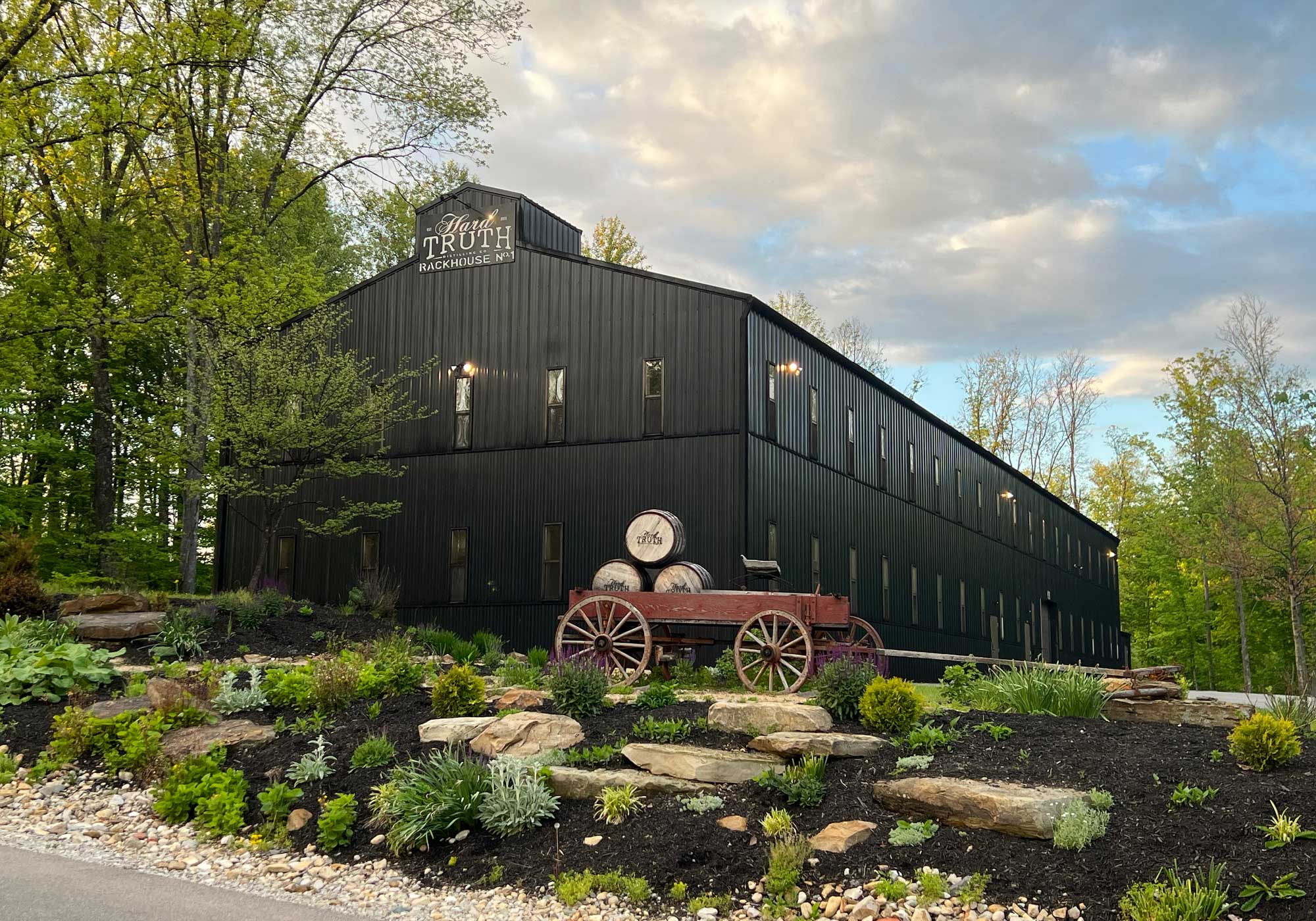
To Win New Customers, See First to Your Own House
Facing tough market conditions, distillers are leaning into consumer-experience opportunities to add revenue streams, win loyalty, and grow sales.
Showing 1-20 of 264 articles

Facing tough market conditions, distillers are leaning into consumer-experience opportunities to add revenue streams, win loyalty, and grow sales.
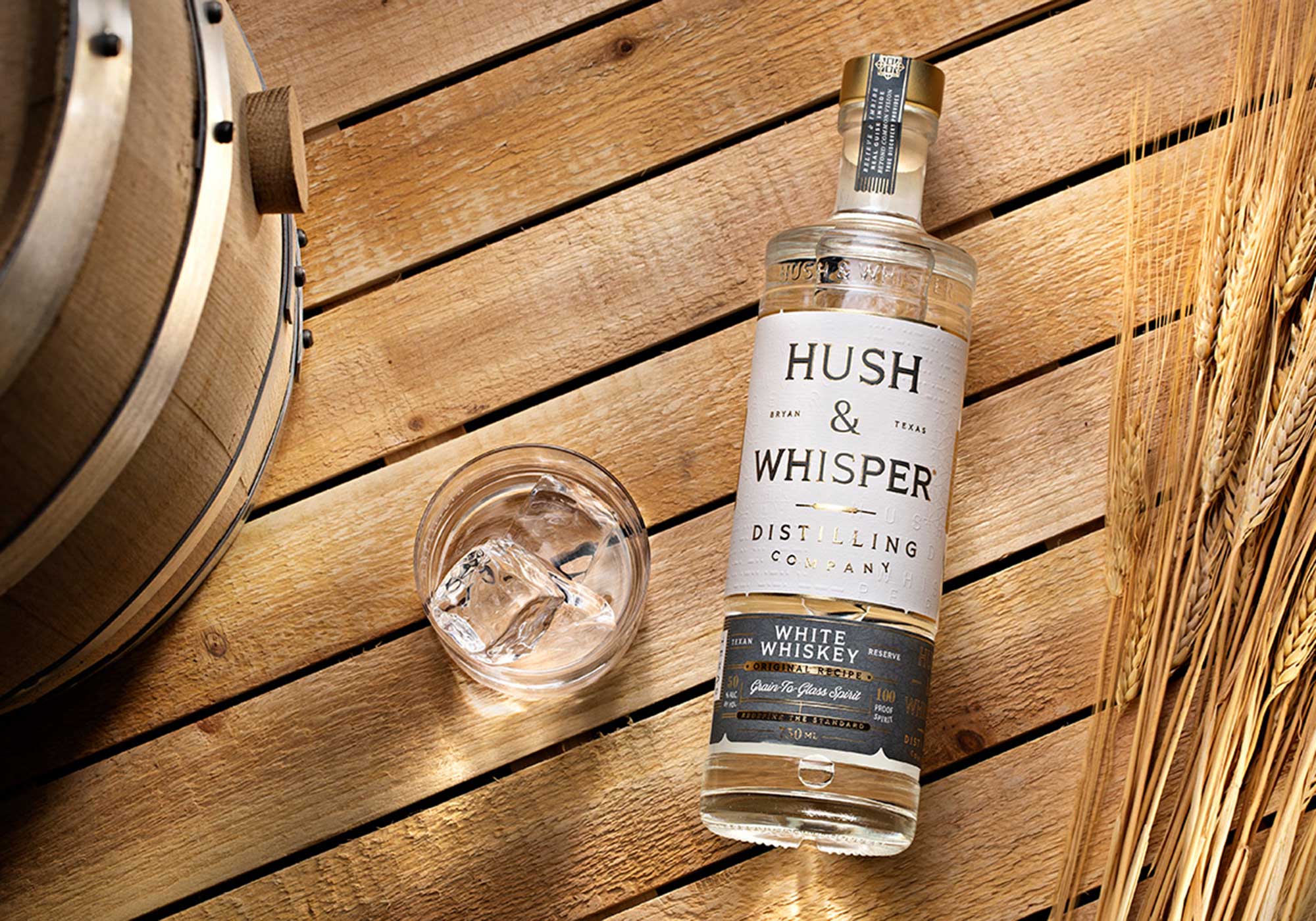
Craft distillers are elevating unaged whiskey as a pure, transparent expression of the distiller’s craft and the farmer’s grain.
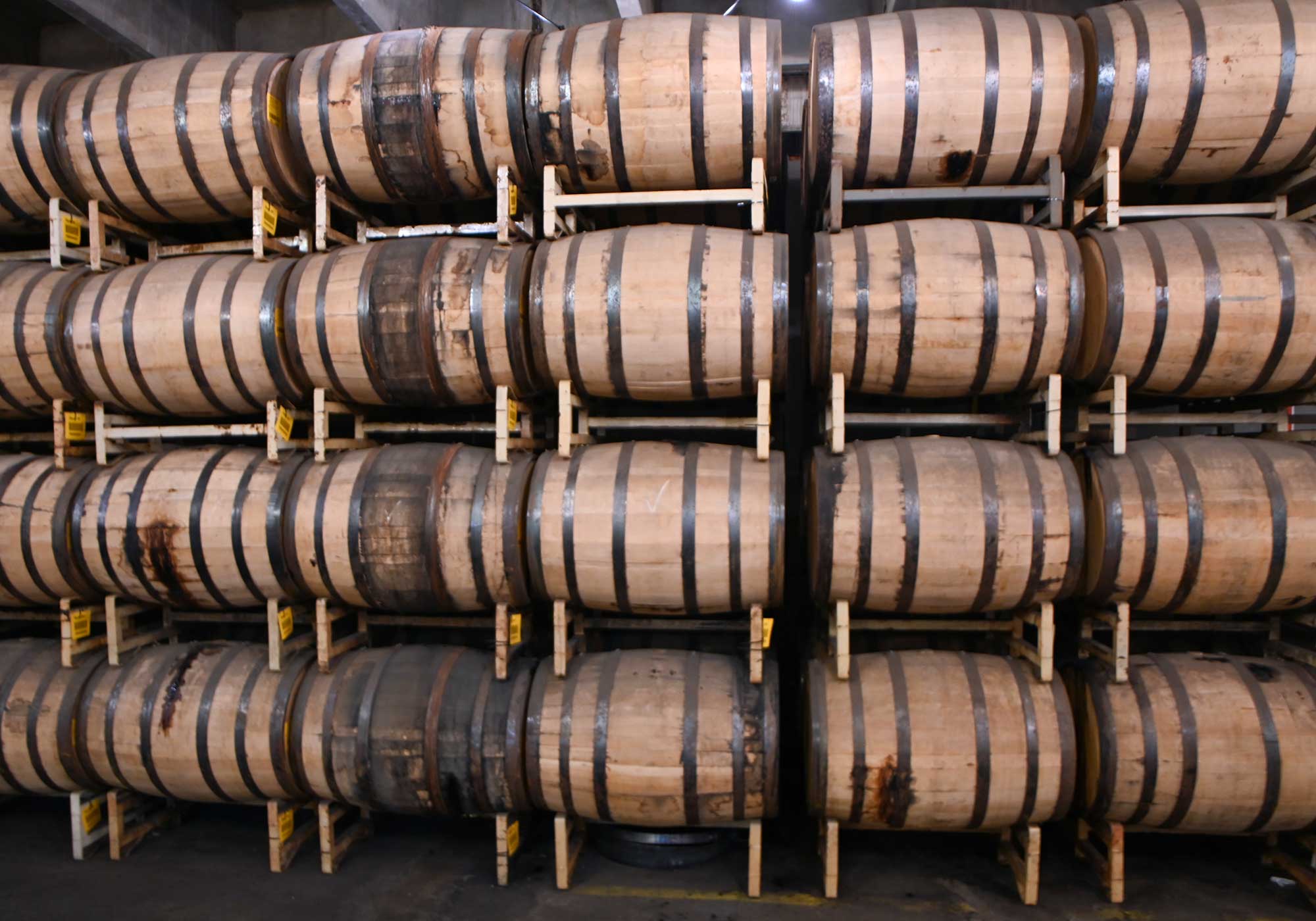
Making the right picks for your single-barrel program isn’t just a matter of picking the “best” barrels. It’s an opportunity to showcase unique casks that don’t fit your regular profile.

John Angus approaches the mechanics of flavor creation in spirits through the lens of a chemist but with the soul of an educator, breaking down complex processes and cutting-edge science in practical ways that spirits makers can use and drinkers can understand.
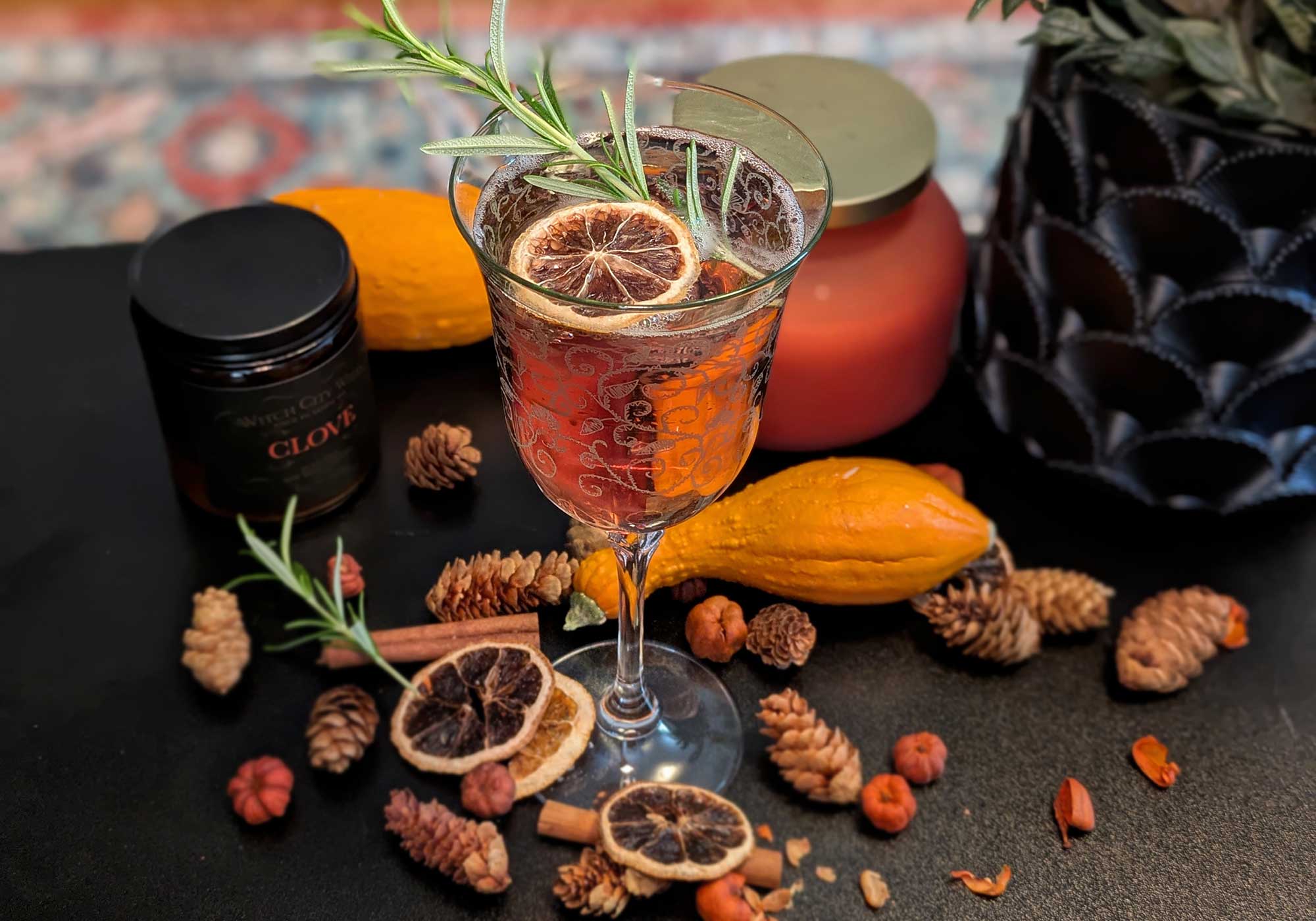
There are several classic cocktails that include wine or bubbly, but there’s far more potential for various combinations—and holiday festivities are the perfect time to share the fun with guests.
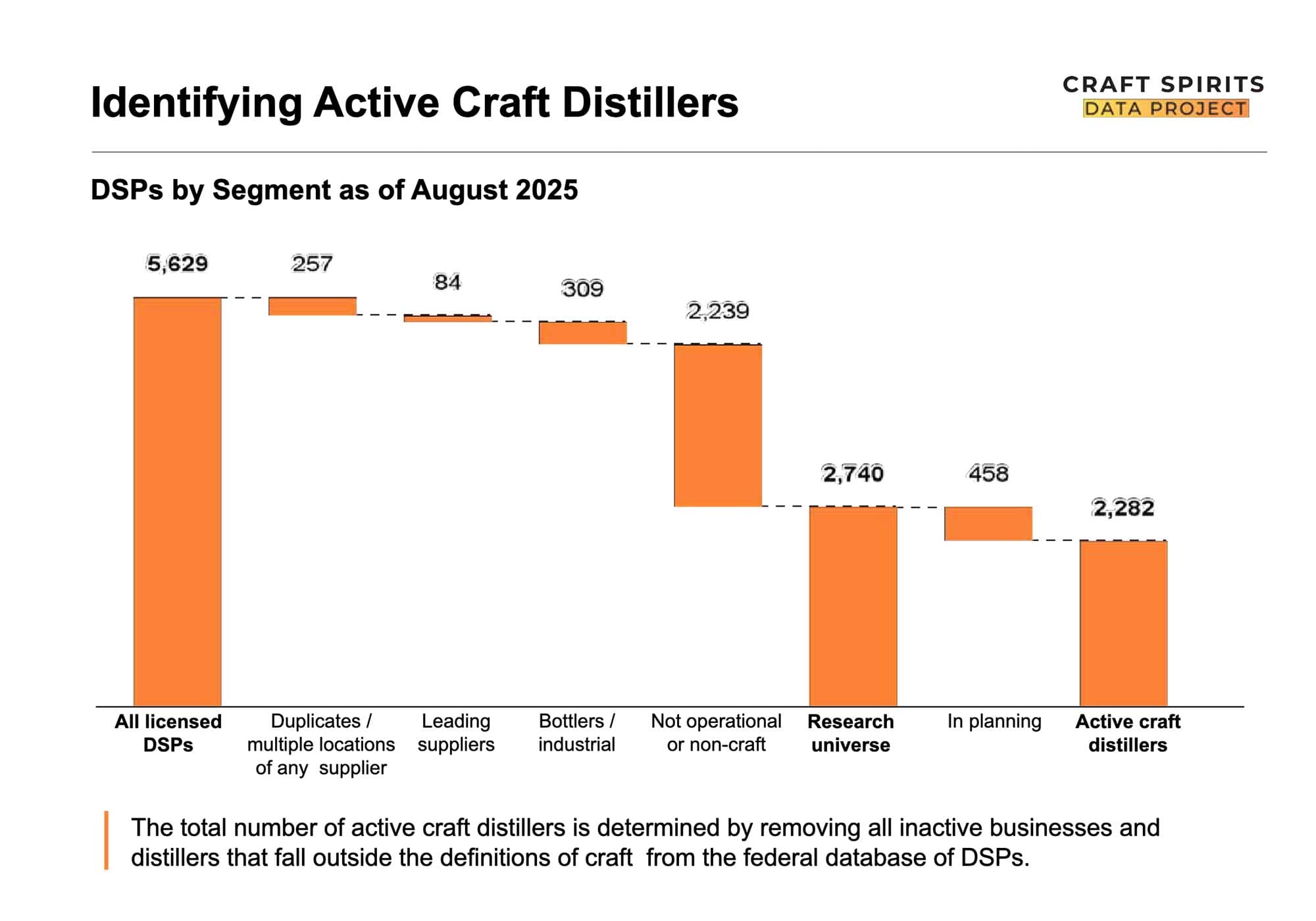
While the apparent 25 percent drop in craft distilleries is largely due to having more precise data, an annual report still confirms what distillers know well: It’s a challenging environment right now.
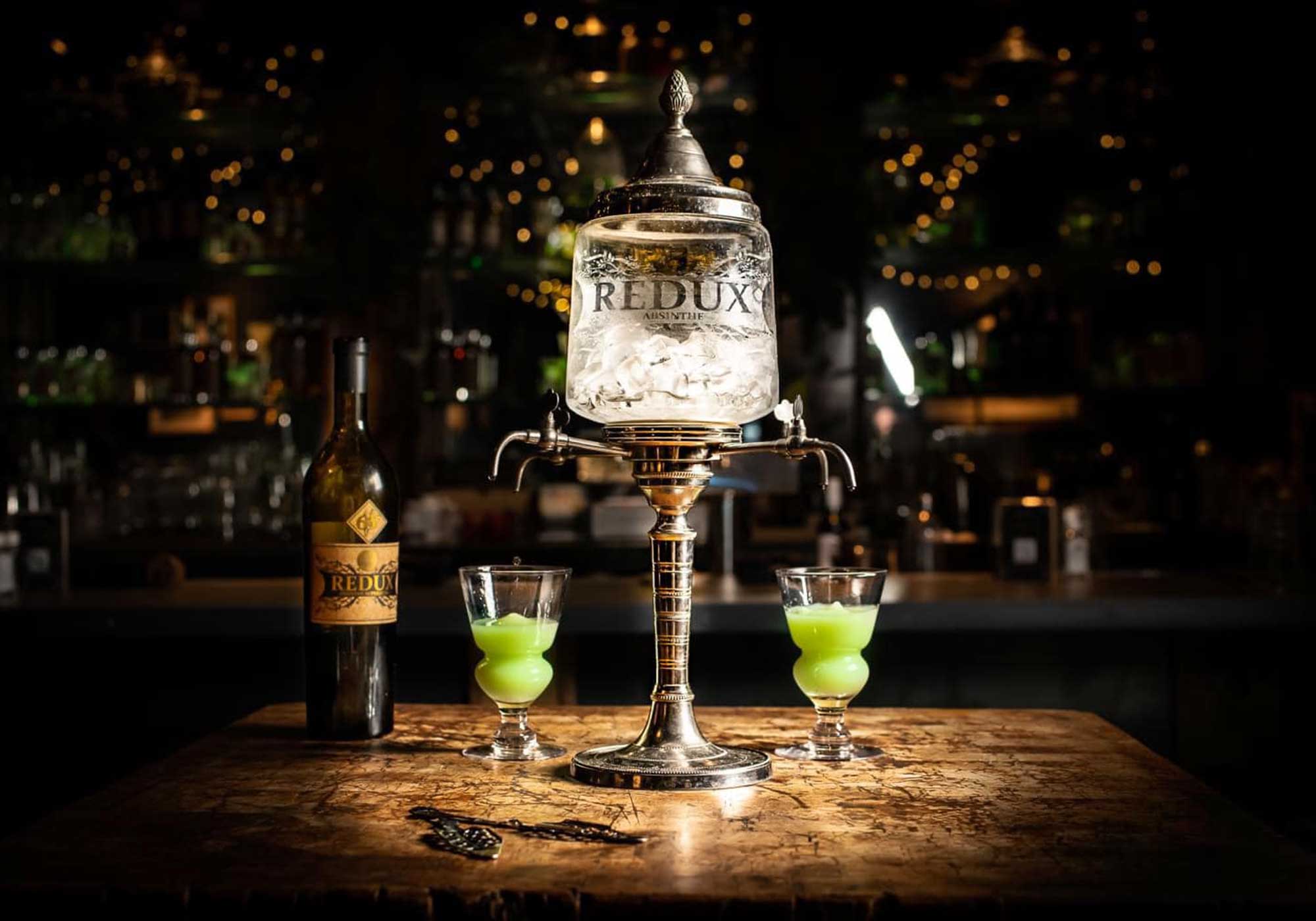
There’s more to enjoying absinthe than sugar cubes and ice water. Here, two distillers share approaches old and new—from backwoods and bare-bones to upscale mixology—for serving and enjoying the spirit. As told to Ryan Pachmayer.

Recreating the distinct aromas and flavors that evoke particular places, times, and experiences is a focus that transcends spirit style for this California distiller.
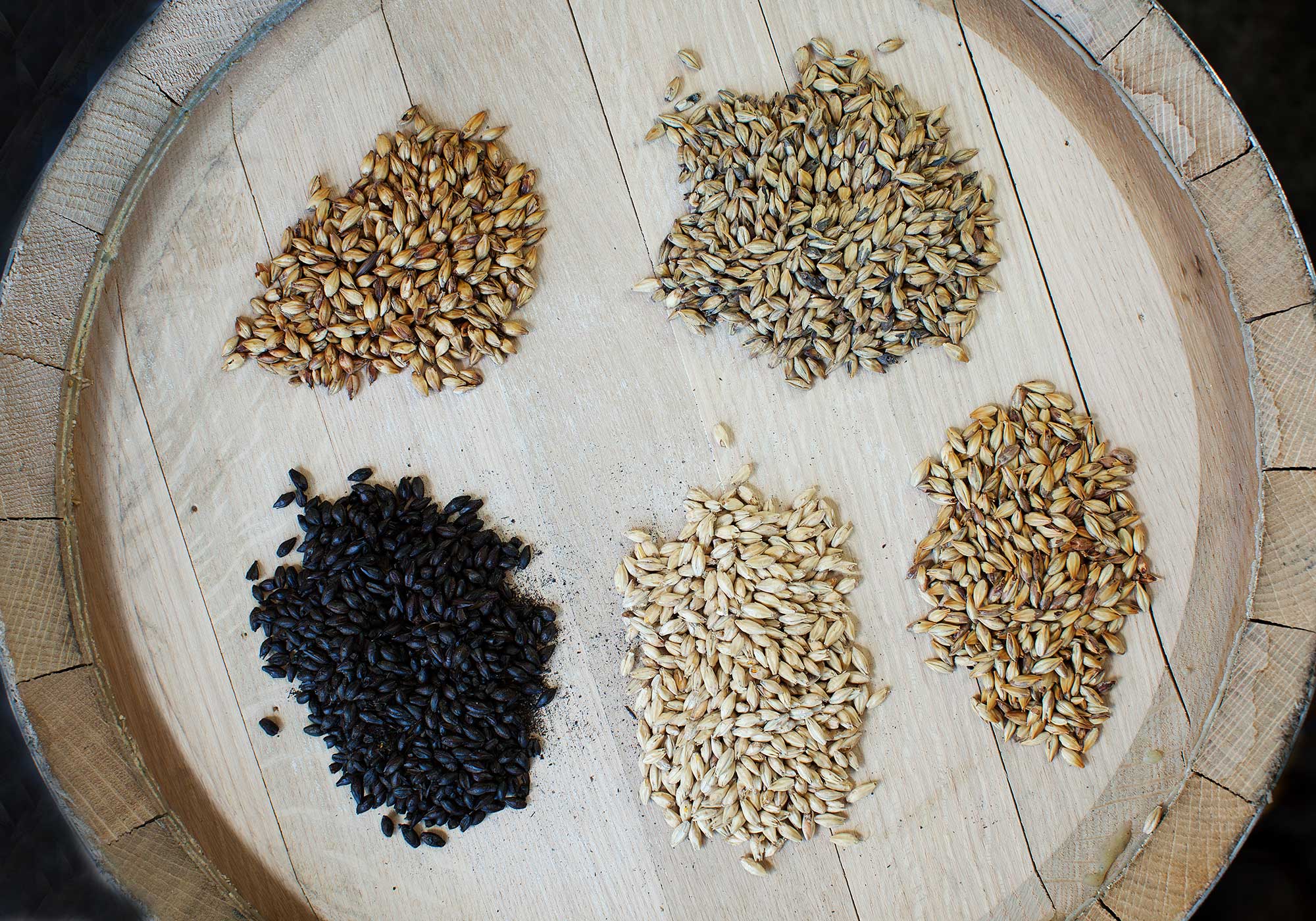
Distillers can tap into the same kinds of flavorful malts that brewers commonly use to build additional flavor and complexity into their whiskeys.
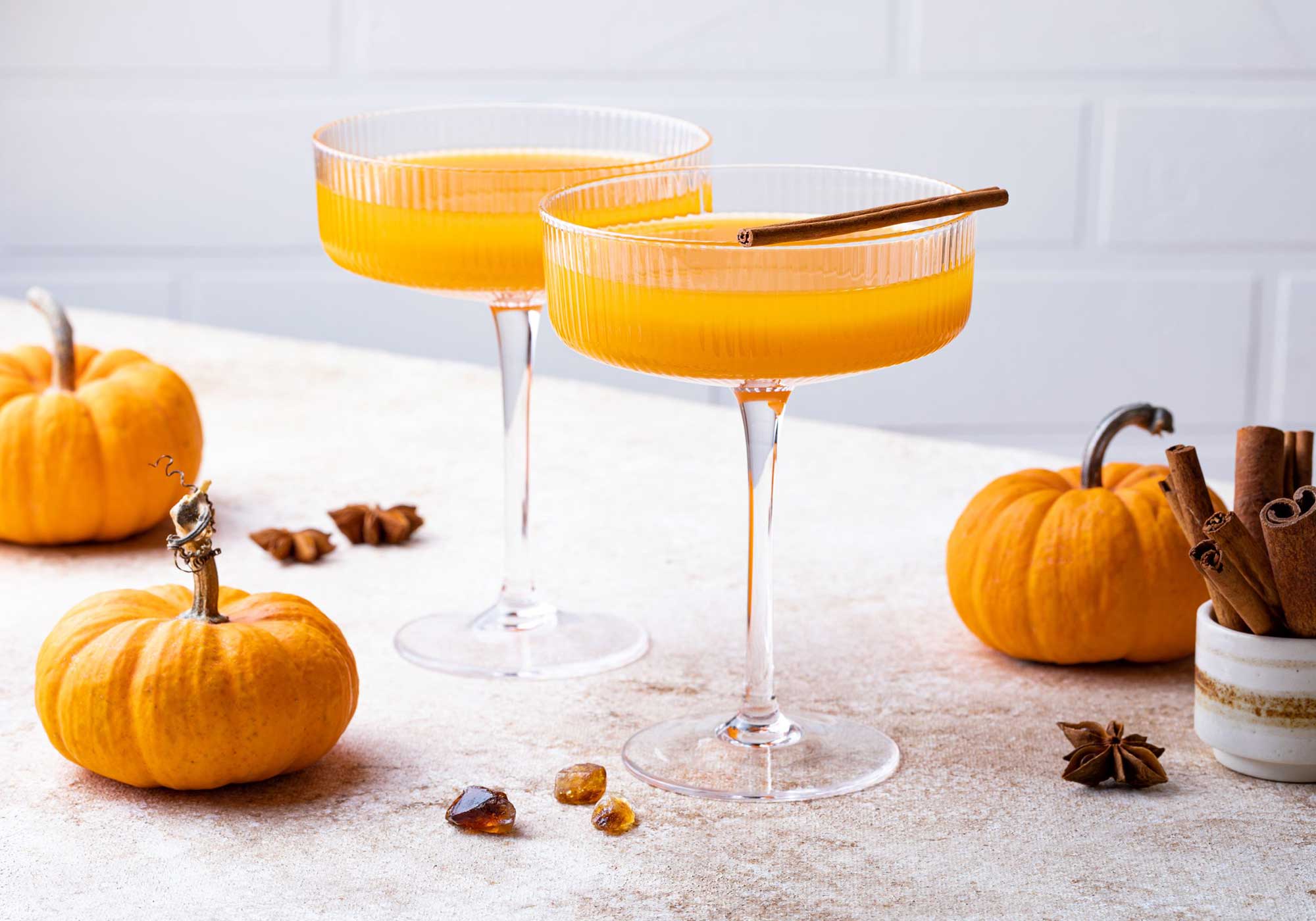
For creative distillers, cocktail programs can help move bottles and open paths to new product categories.
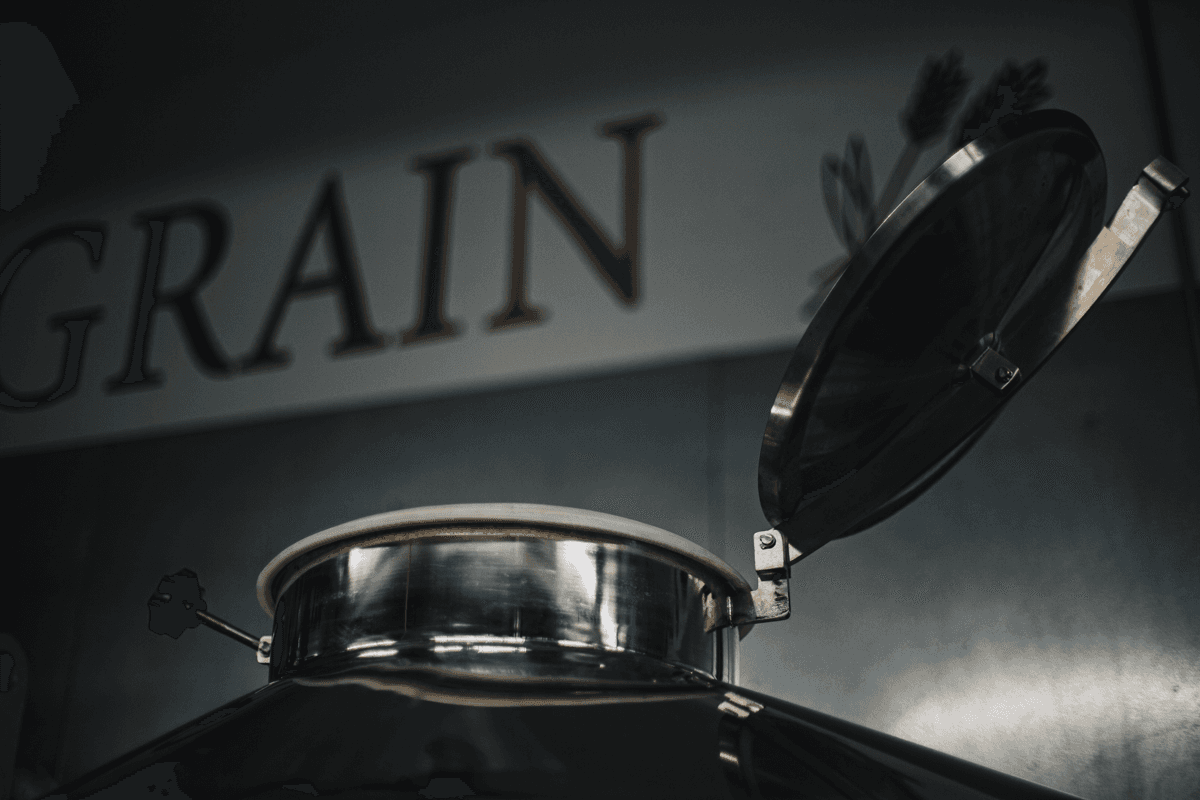
There’s an important fork in the road to creating an American single-malt whiskey: Will you produce it on-grain or off-grain? That single decision has a major impact on the whiskey’s character, the equipment you’ll need, and the shape of your waste streams.

As master distiller at Bombay Sapphire, Anne Brock combines creative interest in botanicals with the scientific approach of an organic chemist, testing various ingredients and distillation methods while prizing consistency of flavor.
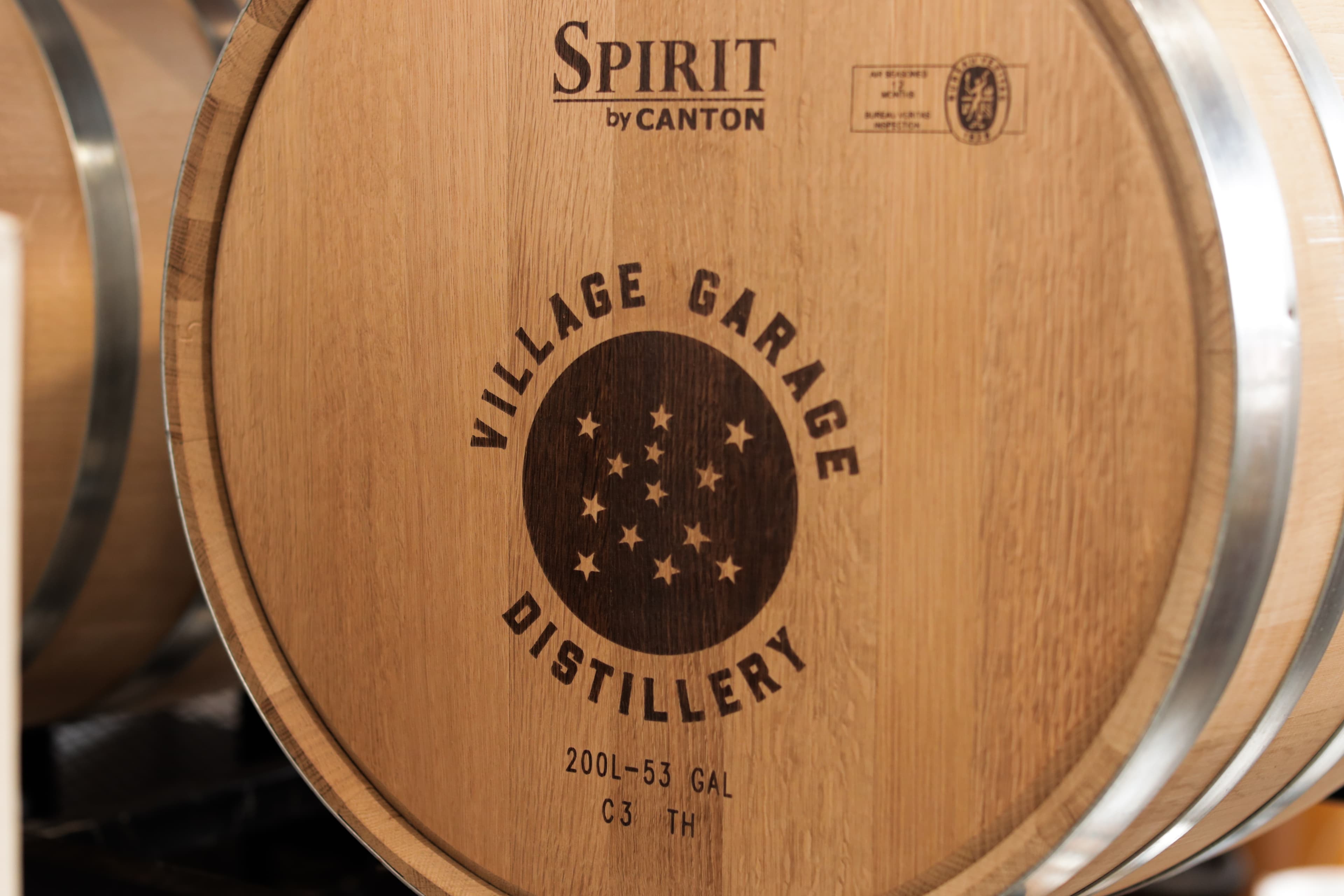
Using the roller mill as an example, Village Garage head distiller Ryan Scheswohl makes the case for the kind of preventive maintenance that can preserve efficiency while saving costs and trouble in the long run.
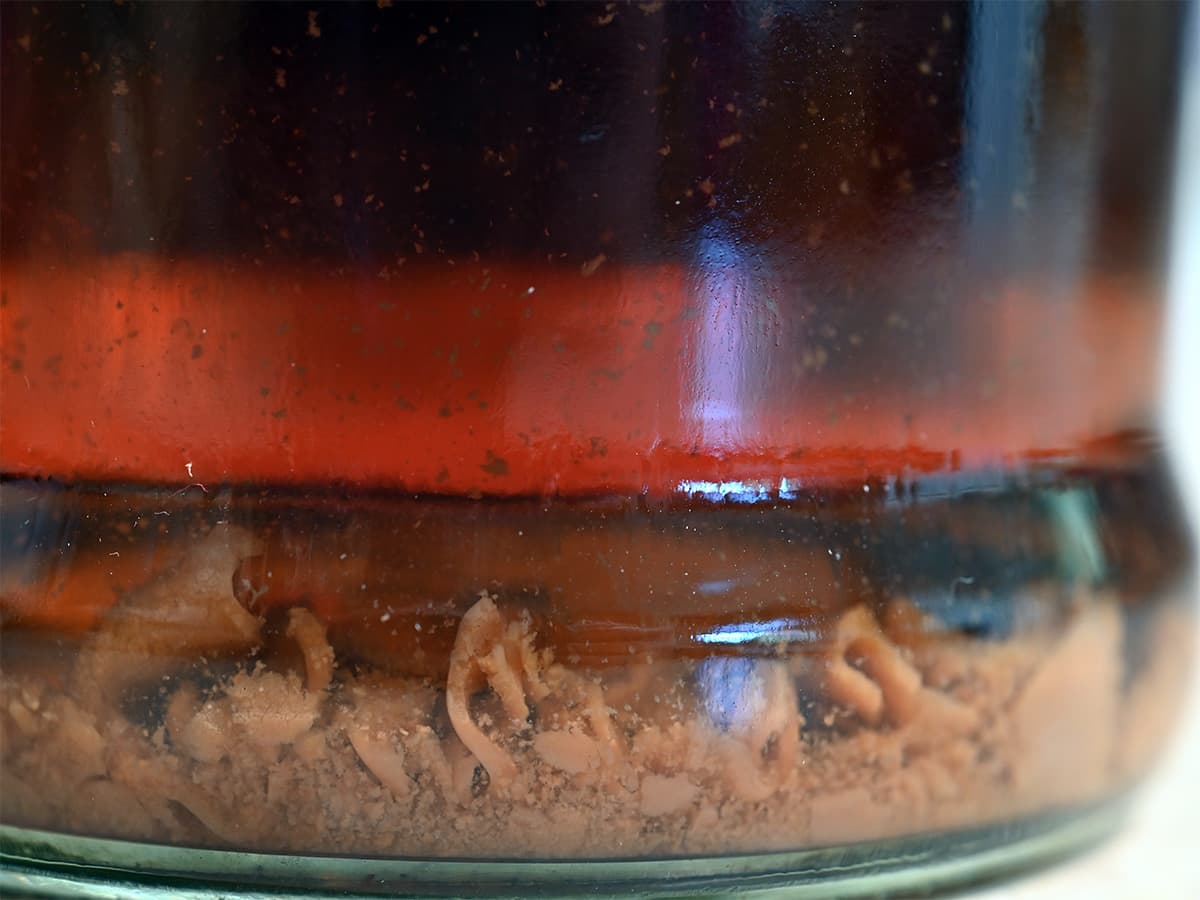
Understanding and knowing how to address various issues that can create an unsightly spirit can help you put your best foot forward as a distiller.
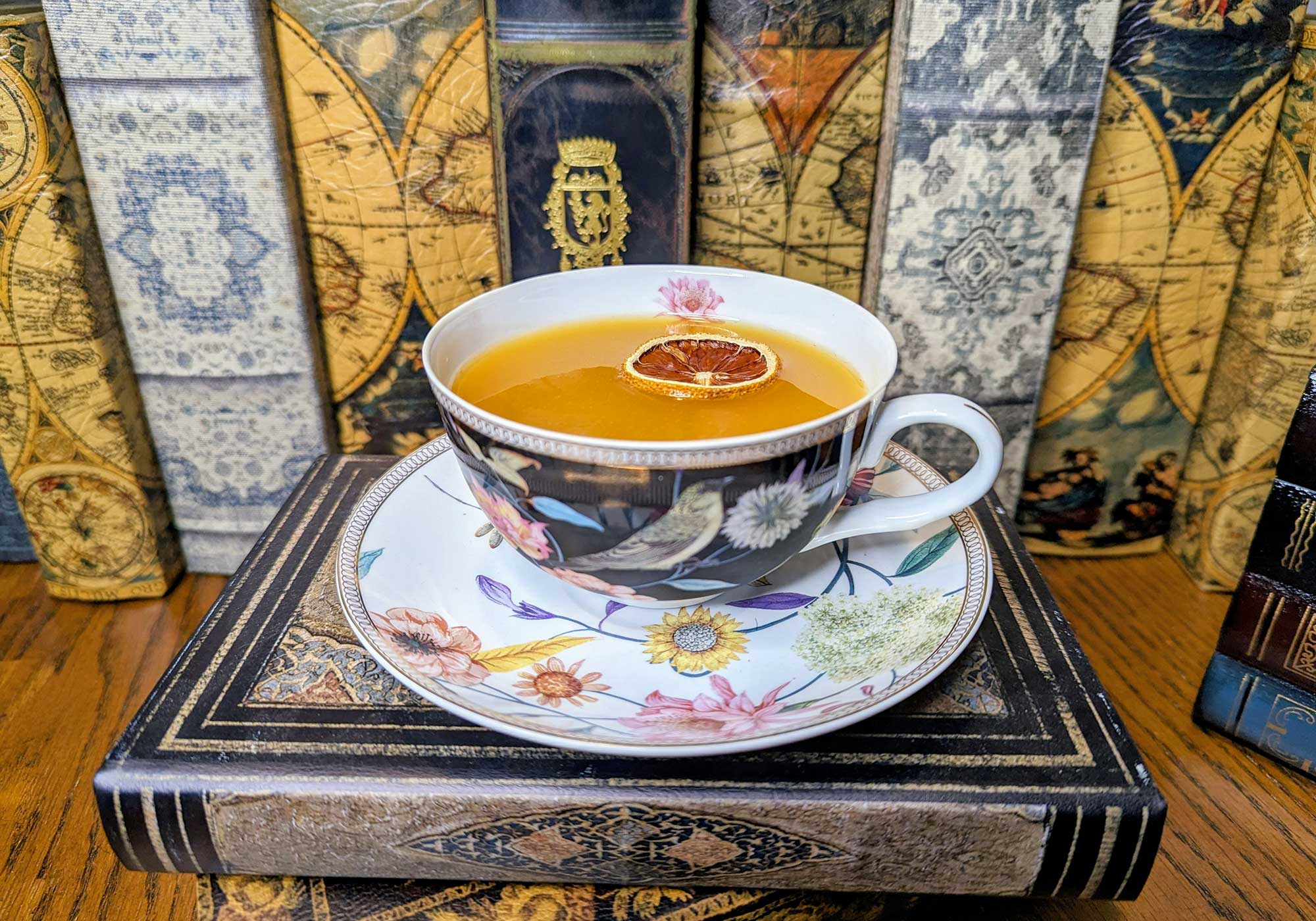
Tea offers a wide range of flavors that can elevate cocktails made with any spirit and for any season.

Many of the TTB’s day-to-day functions won’t be available to distillers during the federal government shutdown. Nonetheless, taxes and reports are still due on schedule.

From distillery build-outs in historic buildings to process concerns with calcium-rich water and building a flavor through-line in sourced-bourbon releases, Castle shares lessons learned over 15 years of distilling in Kentucky and Tennessee.

For a comforting yet creative take on autumn drinks, the apples don’t fall far from the tree. A base of fresh-pressed juice is relatively easy to make, and it opens up a realm of crowd-pleasing flavors that evoke the season.
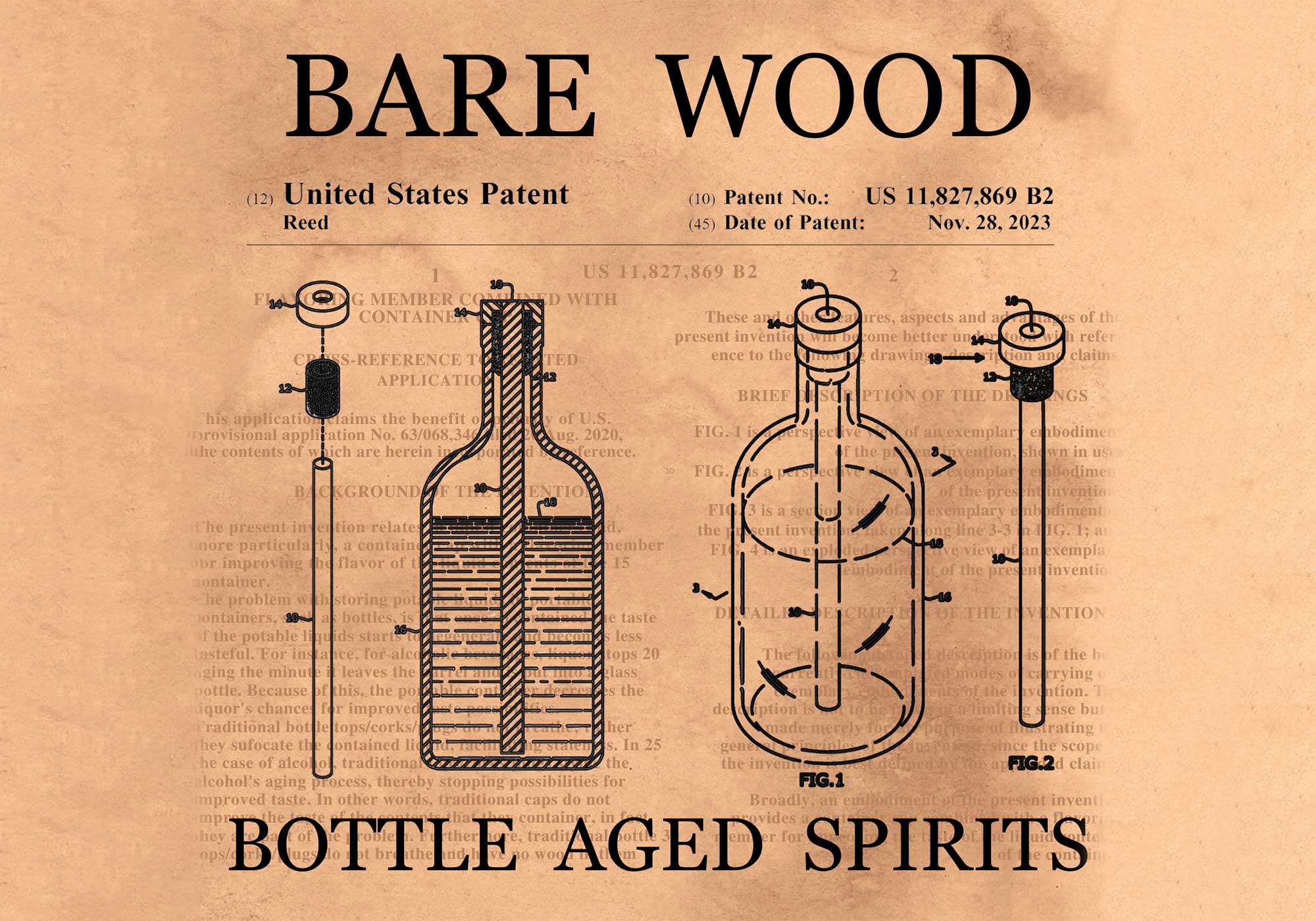
That submerged chunk of wood is a message in the bottle: To customers, it might communicate wider variety, better sustainability, or a new way for them to engage in the aging process at home.
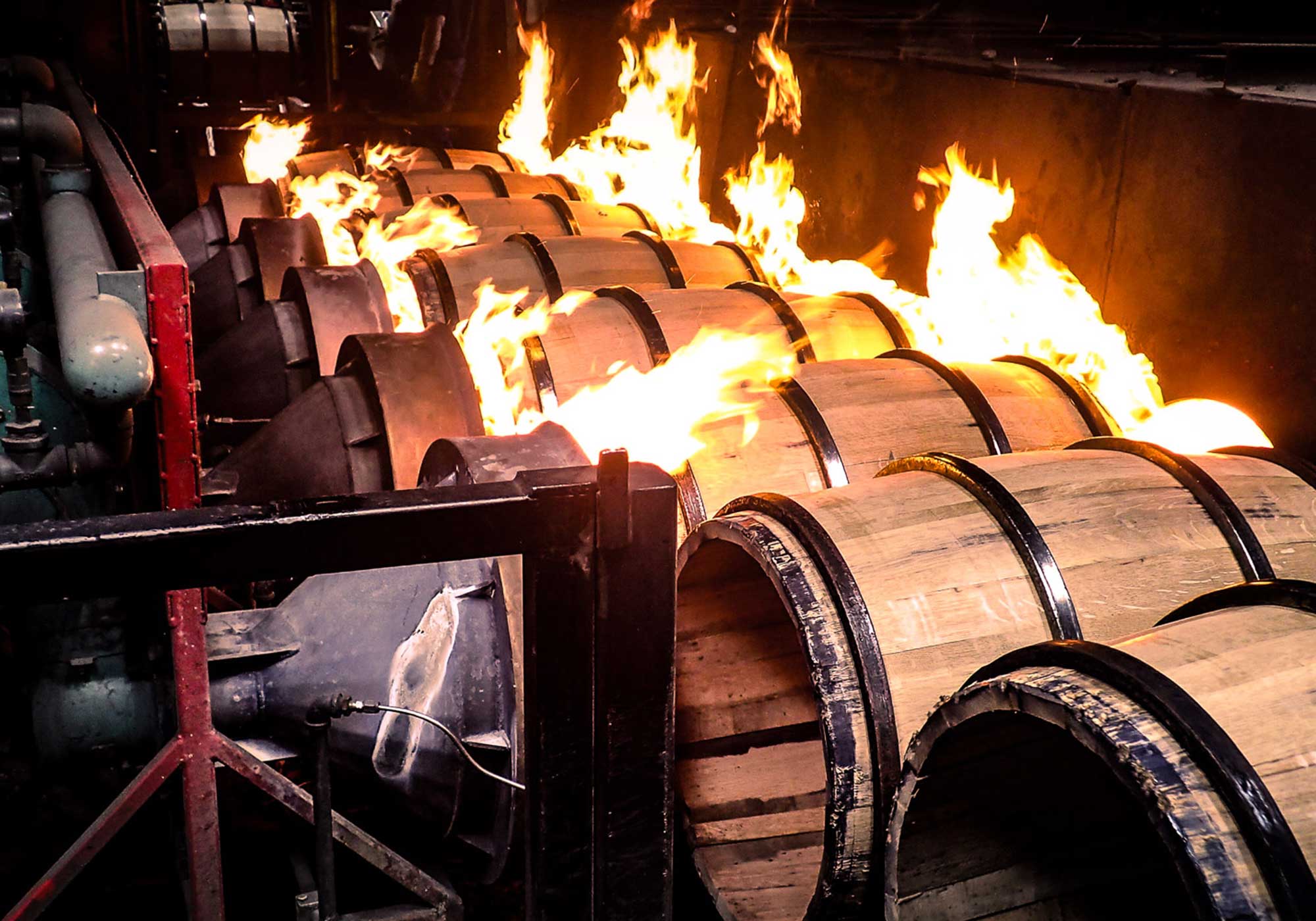
Barrel char is a crucial flavor component for American whiskey, but there’s no need to follow the crowd. Going with an unusual char level or including a variety may be what takes your whiskey from good to great.